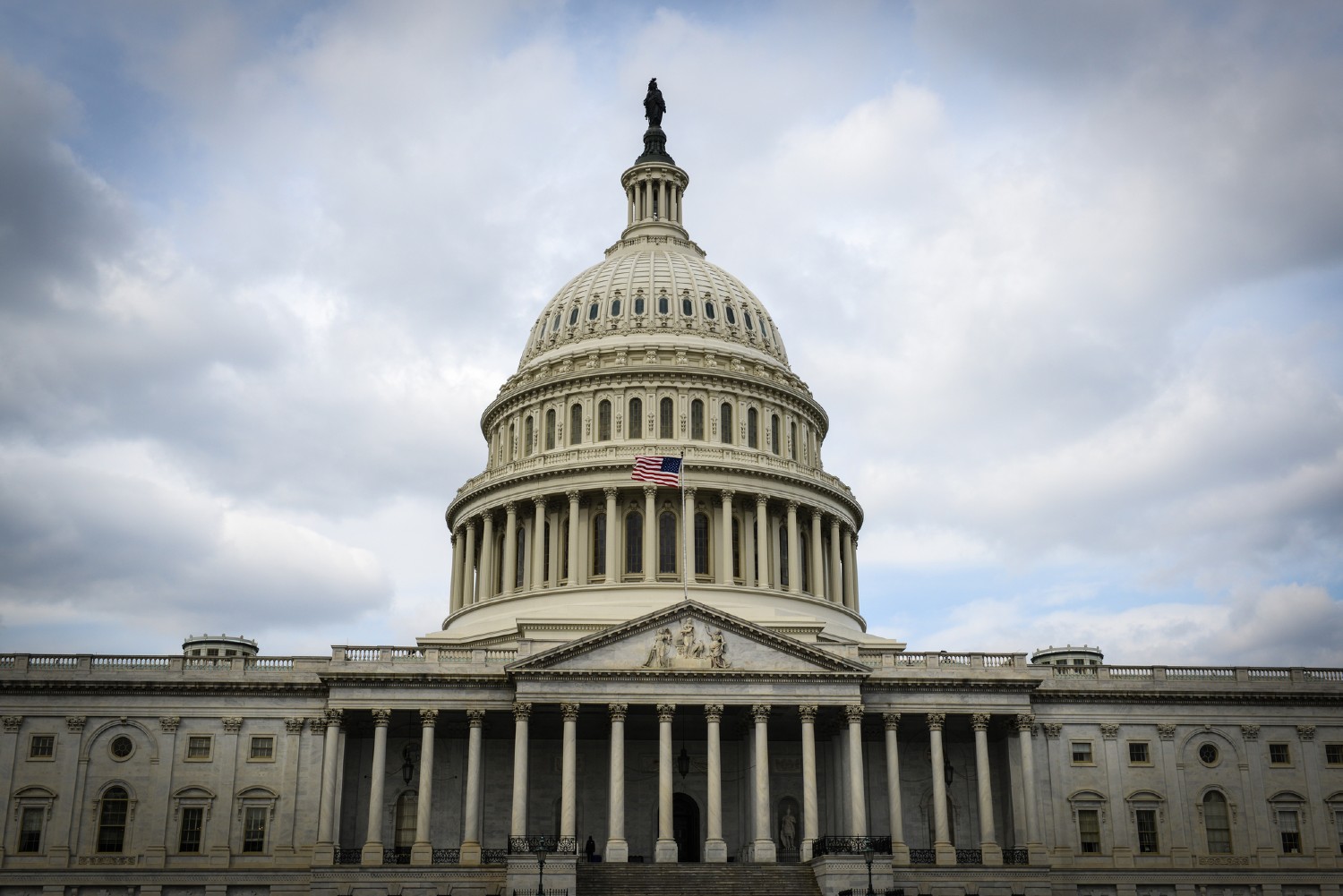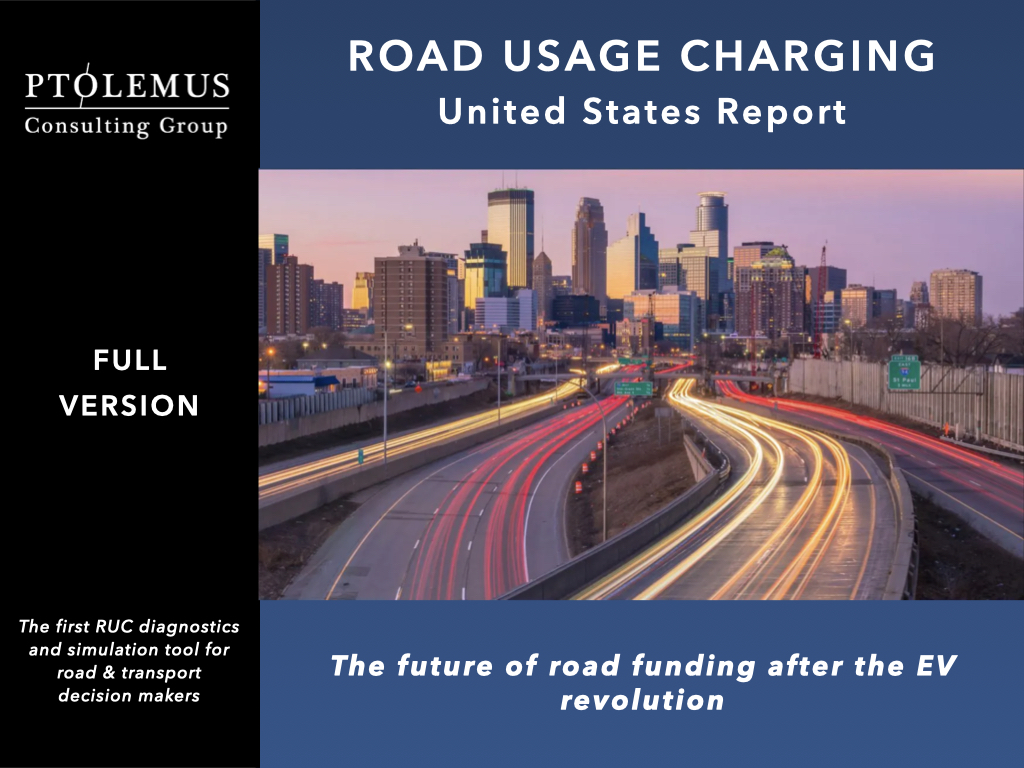Key Drivers of RUC in the US: Political & Regulatory Advances in Road Funding

As we discussed in the first part of this series on key drivers of RUC in the US, recent political & regulatory advances in road funding are a motivating factor in the adoption of RUC schemes in the US.
The United States has long relied on fuel taxes to finance its road infrastructure. However, as more vehicles shift to electric and hybrid technologies, revenue from fuel taxes is expected to decline, jeopardising the funding for maintenance and construction of roads and bridges. To address this issue, there has been increasing interest in road usage charging (RUC), also known as mileage-based user fees, as a more equitable and sustainable alternative to fuel taxes. In recent years, there have been several political and regulatory advances in the adoption of RUC in the US.
In 2012, the Moving Ahead for Progress in the 21st Century Act (MAP-21) was passed, which authorised the establishment of a national RUC pilot program. The program allowed states to apply for funding to develop and test RUC systems to assess their feasibility and effectiveness. Since then, several states, including Oregon, California, Utah, and Washington, have launched RUC pilot programs and have reported promising results.
One of the major political advances for RUC came in 2019 when the US House of Representatives passed a bill that included a provision for a national RUC program. The bill, called the Investing in a New Vision for the Environment and Surface Transportation in America (INVEST in America) Act, proposed a phased approach to implementing RUC, with a goal of a full-scale national program by 2027. The bill did not pass the Senate, but it signalled a growing interest in RUC among policymakers.
In addition to political and regulatory advances, there has been increasing support for RUC among stakeholders, including transportation advocacy groups, environmental organisations, and industry associations. These groups recognise the need for a more sustainable and equitable funding mechanism for the road infrastructure and view RUC as a viable solution.
The US is making significant political and regulatory advances towards the adoption of road usage charging as a more sustainable and equitable funding mechanism for the road infrastructure. While there are still challenges to overcome, the increasing interest and support for RUC among stakeholders suggest that it may become a reality in the near future. If implemented successfully, RUC could help ensure a stable and reliable source of funding for the road infrastructure, supporting economic growth and enhancing the safety and mobility of all road users.
To learn more about RUC see the previous posts in this series on the Key Drivers of Road Usage Charging in the US, The evolution of mobility or review our in-depth market research reports on RUC and ETC.

